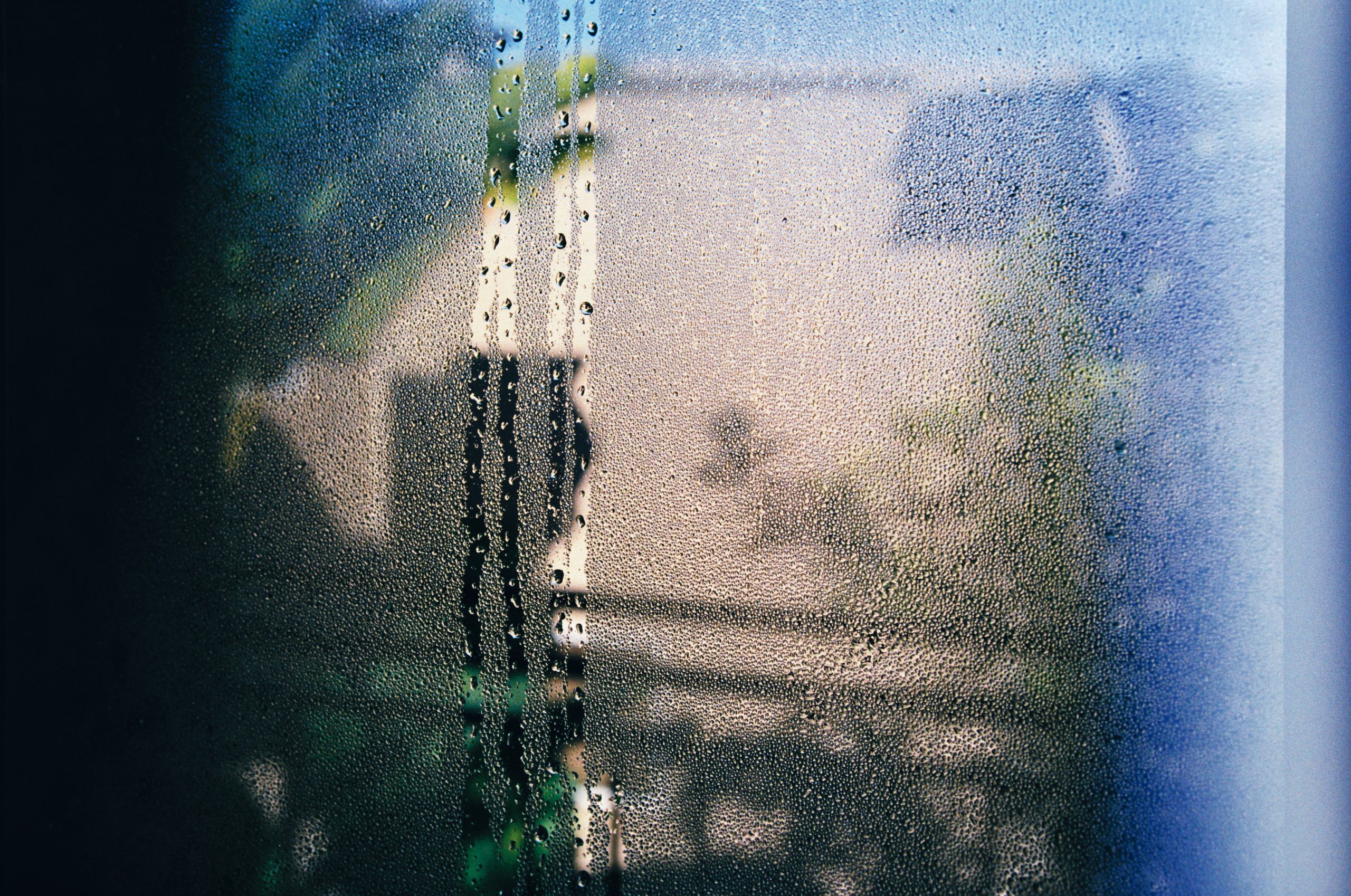What is condensation in houses?
Condensation in a house occurs when warm, moist air comes into contact with a colder surface and turns into liquid. This can happen on windows, walls, and other surfaces in a home. It is a common problem, especially in homes that are not well-ventilated. Condensation can lead to the growth of mould and other harmful substances so it is important to address it promptly. One way to prevent condensation is to improve the ventilation in your home, either by opening windows or by using a dehumidifier.
Condensation and Mould
Condensation can cause mould to grow in a home. When warm, moist air comes into contact with a cold surface, such as a window or wall, it can condense into liquid. This moisture can then provide the perfect breeding ground for mould, which can grow and spread quickly in damp conditions. In addition to being unsightly, mould can also cause health problems, such as allergic reactions and respiratory issues. It is important to address condensation promptly in order to prevent the growth of mould in your home.

Preventing Condensation in Properties
There are several steps you can take to prevent or reduce condensation in your home. One of the most effective ways to prevent condensation is to improve the ventilation in your home. This can be done by opening windows and doors regularly to allow fresh air to circulate, or by hiring a dehumidifier to remove excess moisture from the air. You can try to keep your home warm and prevent excess moisture from building up by avoiding activities that produce a lot of moisture, such as drying clothes indoors, boiling water on the stove, or taking long, hot showers. Finally, make sure to properly seal your windows and doors to prevent warm, moist air from coming into contact with cold surfaces.

